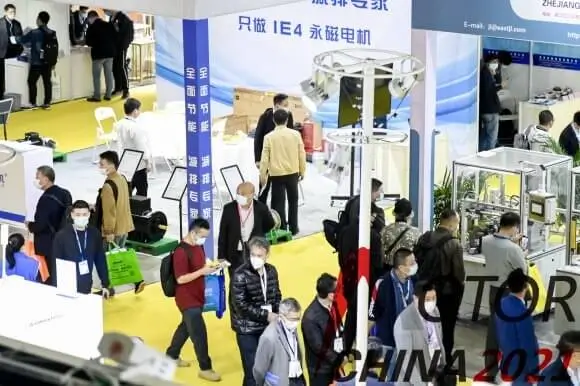Picture this: you’ve built a sprawling network of different services, each doing its own thing. Some handle user profiles, others work with payments, and there’s logging, notifications—you name it. Managing all those pieces can get chaotic fast. That’s where an API gateway steps in—think of it as the traffic cop for your microservices universe.

So, what exactly is an API gateway? Simply put, it’s an intermediary layer that sits between your clients and your backend services. Instead of making requests directly to each service, the client reaches out to the gateway. The gateway then routes those requests to the appropriate microservice, manages authentication, handles load balancing, and even enforces security policies. It’s like a gateway to a complex city—everyone checks in and gets directed smoothly.
One of the beauties here is simplification. Instead of juggling dozens of URLs or APIs scattered everywhere, clients just talk to one endpoint. That single point cuts down the complexity, making the system more manageable. For example, say a mobile app needs user data, recent orders, and notifications—without an API gateway, it would have to hit three different services separately. With one gateway, everything flows through one door, streamlining communication.
But the role of an API gateway isn’t just about routing. It also acts as a gatekeeper—offering security features like rate limiting or OAuth validation. Imagine a flood of requests from a malicious source—an API gateway can spot that and block harmful traffic before it reaches your backend. Additionally, it can perform request transformation, so if your microservices expect data in a specific format, the gateway can adjust the incoming requests accordingly. That’s a real game-changer for maintaining flexibility and consistency.
Just think about scalability. As your microservices grow, the gateway helps manage traffic efficiently, preventing bottlenecks. It also enables easier versioning—yes, you can roll out new features or updates without shaking the entire system. And when you add new microservices, plugging them into an existing gateway setup is straightforward.
People often wonder—doesn’t having an extra layer slow everything down? Well, it can if poorly configured. But a well-designed API gateway actually optimizes requests, reduces redundant calls, and often boosts overall performance. It becomes a sort of smart traffic controller that keeps the flow smooth even when things get busy.
In the end, understanding the core of an API gateway is realizing how crucial it is for building resilient, scalable, and easy-to-manage microservices architecture. It’s not just a technical component but a strategic enabler. With the right gateway, your system becomes more than the sum of its parts. It’s the backbone that connects multiple services seamlessly, making everything more predictable, secure, and ready to evolve.
Established in 2005, Kpower has been dedicated to a professional compact motion unit manufacturer, headquartered in Dongguan, Guangdong Province, China. Leveraging innovations in modular drive technology, Kpower integrates high-performance motors, precision reducers, and multi-protocol control systems to provide efficient and customized smart drive system solutions. Kpower has delivered professional drive system solutions to over 500 enterprise clients globally with products covering various fields such as Smart Home Systems, Automatic Electronics, Robotics, Precision Agriculture, Drones, and Industrial Automation.




































